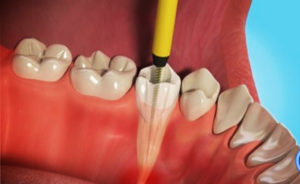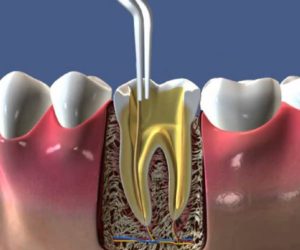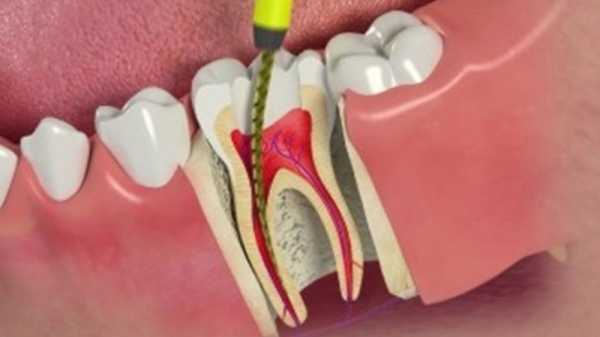 The human tooth has a very complex structure – it consist of enamel, dentin, cementum and pulp tissue. The pulp is the softer, living inner structure of teeth. Blood vessels and nerves run through the pulp of the teeth. The so-called procedure to “remove the tooth nerve” in reality is a removal of pulp.
The human tooth has a very complex structure – it consist of enamel, dentin, cementum and pulp tissue. The pulp is the softer, living inner structure of teeth. Blood vessels and nerves run through the pulp of the teeth. The so-called procedure to “remove the tooth nerve” in reality is a removal of pulp.
In order to carry out the procedure of nerve removal correctly, it needs to be properly handled.
Endodontic files (saws) are used for root canal treatment; these high-alloy tools are made of flexible and durable nicletatite alloys. In our clinic, the X-Smart Dentsply endomotor is used, as well as Protaper Next and Universal saws. With such tools, an experienced dentost can effortlessly and with a high percentage of success get into the canals of the tooth, which are often twisted.
For chemical (antibacterial) canal treatment, there are a number of Anti-septic preparations, medicines and solutions, which are used depending on the treatment protocol of the disease and the patient’s symptoms. The preparations used in our clinic are from the leading medical company CERKAMED

To measure the root length, we use the C-ROOT I (VI) apex locator – an electronic instrument for the management of the canal treatment.
X-ray control is also very important. In our dental clinic we use the latest radioviziograf Carestream (Kodak) with a low dose radiation.
Using instruments with different diameters, it is possible to remove infected tissues from the walls of the canal and to allow access of medicines, antiseptics, antibiotics to the canal, which are often left for several days or weeks. This is necessary because by filling the canal in one visit, we would put the patient at risk of a secondary infection, since it is likely that the bacteria remaining on the canal walls and in the dentinl tubules will multiply and cause a repeated aggravation.
In cases, where the structure of the canal is abnormal, several visits and additional mechanical and medical treatments may be required.
When all steps are done, the canal is ready for sealing after complete cleaning and dehumidification. The sealing is performed using calibrated guta-pencha pins and a sealer with an antibacterial effect.

